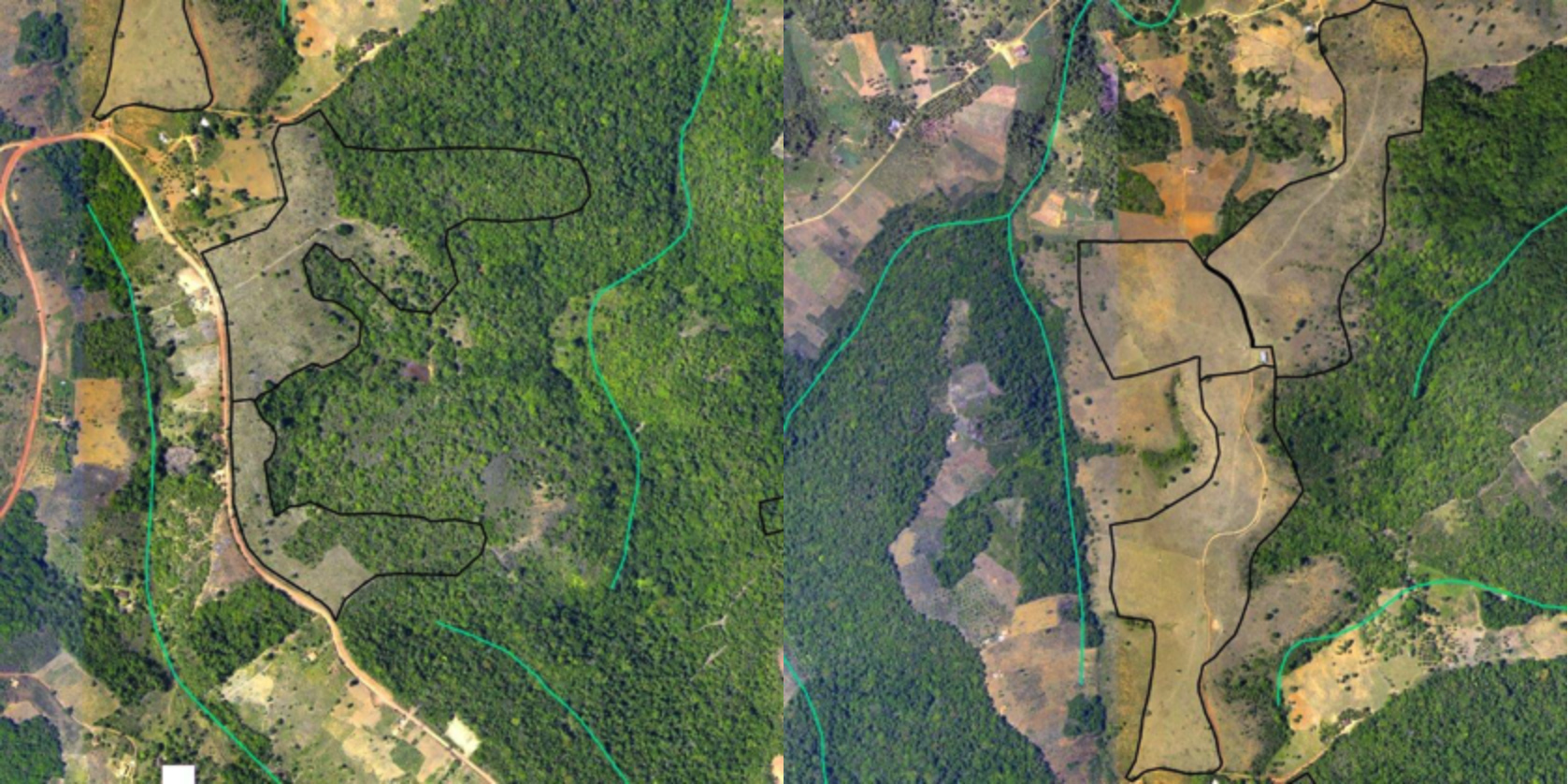
This part of the plantation, which covers an area of 300 hectares of the farm, was born with concepts, density and different care of Peralba Italy and represents our first serious effort at adapting this culture to our microclimate.
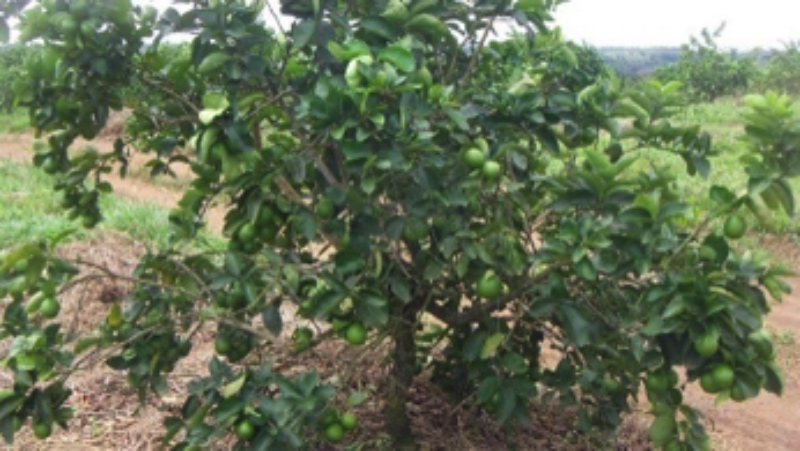
Formation Pruning
The plan for the Peralba Rio and Nova Rio received ‘formation pruning’ from the second year onward. This practice made the trees stronger, more open to light and less prone to diseases. In addition, the practice allowed an higher number of stem branches (where the fruit grow) closer to the main trunk, and so better fed and protected from wind and rain. Our international consultant, Theo, estimated that we exceeded expectations with increases of 40%to 50% compared with Peralba Italia yields.
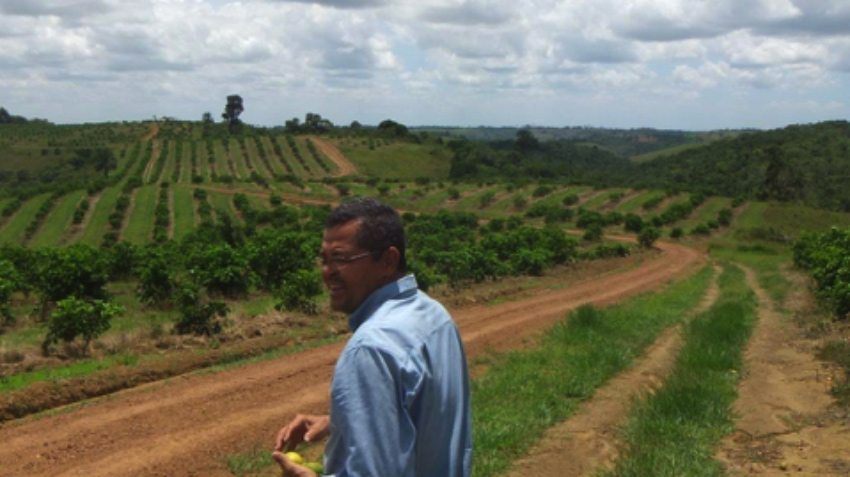
Little thought has been applied to limes. We pretend to be innovators:
Precision agriculture. This technique is well advanced for wheat and soy beans growers in the interior of Bahia and we shall endeavor to bring this knowledge to be used for limes
Underground Drip. We witnessed an intense discourse about the correct use of such techniques and we shall follow up its conclusions and results before applying them to limes
Pruning in limes orchards. We are pioneers on such approaches, but all indicates that we are correct in what we do. We shall refine such techniques as we shall see its results in the field
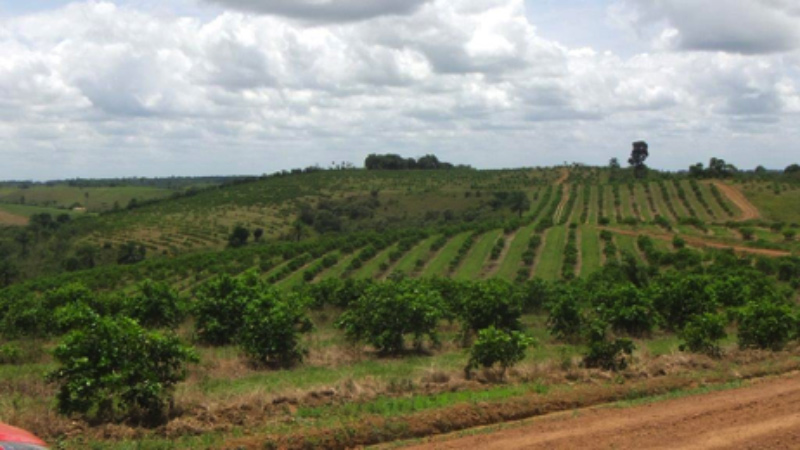
There is no literature or research that apply to orchards in non-irrigated land in our region. After almost two years of observation and analysis of soil and climate, we decided plant with a density of 7 m x 4 m, instead of the several densities we used in the Peralba Italia. In addition, it followed an emerging standard in Brazil.
We thought this spacing to be the most amenable to our climate and our type of terrain. Several improvements in the ‘base’ fertilization would reduce the time for trees to reach full maturity and full production.
Most of all, we expected an increase of productivity of 30% above the ones we obtained in Peralba Italia (while we also acted in these areas to improve yields).

Dripping and ferti-irrigation We started experimenting with these techniques and we shall be ready when in 2016 we shall invest seriously in these techniques.

Each of these disciplines and technologies has its history success and failures that start from their conception, development, implementation,culture applicability: we shall be much aware of their results.
In the future, and with our goal of being producers of high quality and yields, we shall embrace these methodologies and introduce them with care and discernment.
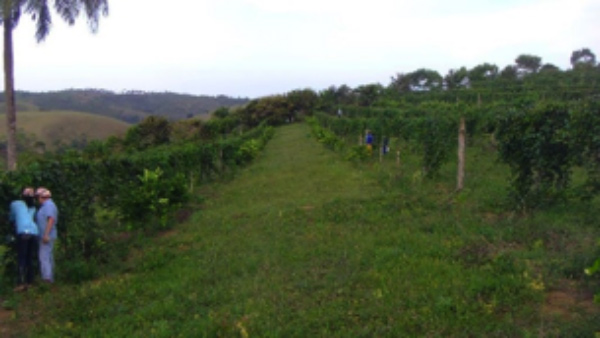
Our intuitions and calculation were correct: by 2015 the productivity gains became evident and the experience prepared us for an even more innovative approach in super dense planting for the Peralba Sucupira.
The new field agricultural practices that we introduced in this new patch (and that we also adopted in Peralba Italia), brought significant improvements:
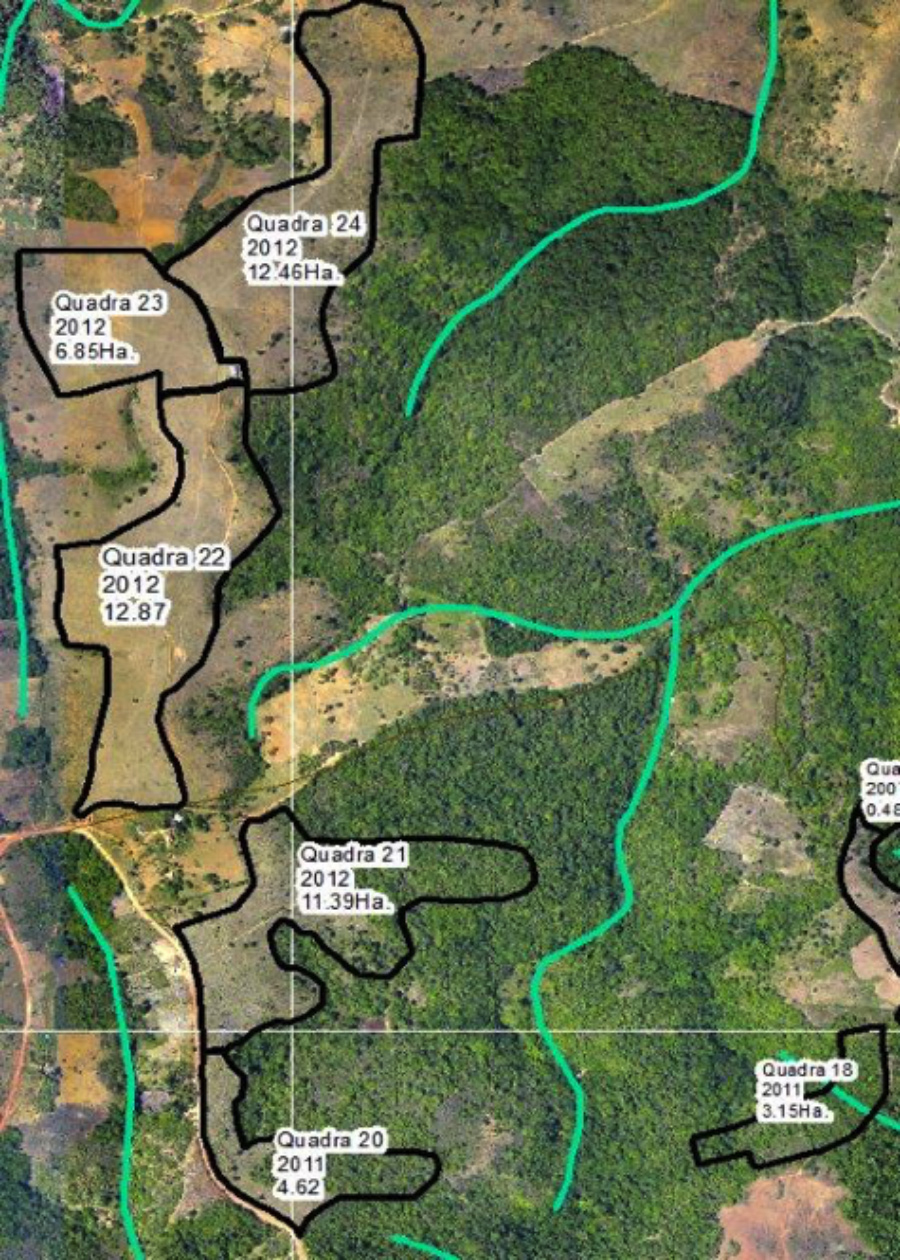
Better use of sprayingHere again we started experimenting timidly new technique to make sure that drivers pass in all lines, at the correct speed, with the sprayer well set for the job. We will have to do better, but we realized that such techniques will become really effective when we integrate them with the use of drones… we’ll see to that in 2017.
It’s worth noting that, over the past ten years, several technologies have matured and entered common use in agriculture in Brazil.

.jpg)
.jpg)
.jpg)
.jpg)
.jpg)
.jpg)
.jpg)
.jpg)
.jpg)
.jpg)
.jpg)
.jpg)
.jpg)
.jpg)
.jpg)
.jpg)
.jpg)
.jpg)
.jpg)
.jpg)